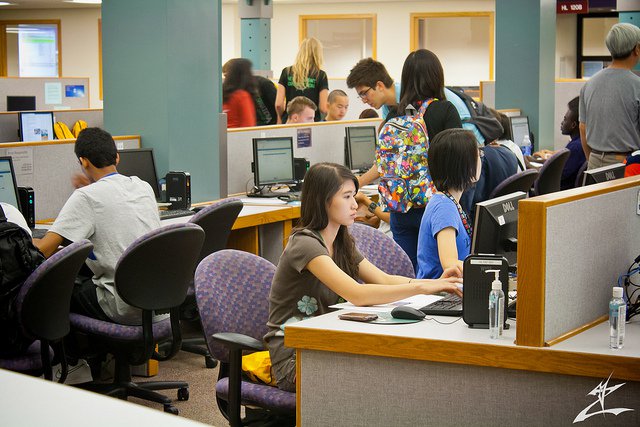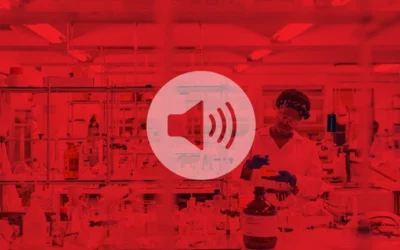By Kristina Ishmael for Newamerica
Up for Discussion at the United Nations: The Skills Youth Need
OER and Open Learning Among Topics Getting International Airtime
The potential of openly distributing and sharing educational materials via the Internet has always seemed like a no-brainer for champions of improving education internationally. Students across the globe are still struggling to learn in areas where textbooks are prohibitively expensive, out of date, or out-of-sync with the culture and needs of their communities. Open Educational Resources (OER) offer a way to address these problems.
Now the promise of open learning is gaining traction on the official world stage: it was among the ideas discussed at the United Nations world headquarters on July 17, to celebrate World Youth Skills Day 2017. The event’s theme was “Skills for the Future of Work” and included an opening segment with Peter Thomson, president of the U.N. General Assembly, and Jayathma Wickramanayake, who is Secretary General António Guterres’s Envoy on Youth. Various panels addressed the need to educate, train, and employ today’s youth workforce and meet the U.N.’s Sustainable Development Goal #4 – Quality Education.
As New America’s Public Interest Technology and Education Policy Fellow, I was invited to intervene from the floor to address skills development through OER and open learning, as well as to describe how we could leverage technology to bridge the gap between formal and informal learning. New America is committed to expanding PreK-12 OER use in the United States through policy analysis, case studies, and network development. (See Lindsey Tepe’s report, The Case for Open Use Policies, for example, on the need for open use policies.) The following is an abridged version of some of my remarks from the floor:
I started my career teaching elementary English Learners in the heart of the United States – Omaha, Nebraska. Omaha Public Schools recognizes 128 languages in a school district of approximately 52,000 students, with large immigrant and refugee populations. Early on I knew that technology was going to help me better engage my students. Not only could it help with language acquisition, but it could also help develop digital literacy skills and noncognitive skills that are an essential part of whole child development and preparation for college, career, and life as a global citizen.
Last year, I was part of a national initiative supporting K-12 districts and states transitioning to the use of Open Educational Resources. OER are freely available materials that can be downloaded, edited and shared to better serve all students. In October 2015, the U.S. Department of Education challenged districts to replace one textbook, in one subject area, in one grade level to OER. To support this work, a network developed between experienced districts and states mentoring districts new to OER. This conversation resonated strongly with many leaders of schools and states who faced frequently changing goals for student learning, approaches to teaching, and digital infrastructure while the materials available to students and teachers were not keeping pace with those changes.
The initiative gained momentum through grassroots organization in regions across the country and has grown into 109 districts and 20 states, committed to “going open.” I have heard a number of inspiring stories of dedicated educators re-discovering their passion as teachers, learning how to engage students through this new approach, and changing their pedagogy to be more open.
OER are one part of the greater open ecosystem of open pedagogy, open data, and open research that the U.S. and other countries have been growing through local and federal policy. A leader in the open field, David Wiley, describes open pedagogy as the set of teaching and learning practices only possible in the context of the free access and 4R [reuse, revise, remix, redistribute] permissions characteristic of open educational resources. Open pedagogy encourages collaboration, connections, and networked learning, especially when technology is leveraged in the process.
One example of this type of practice is already in development, with a student leading the way. Khady Sall is a female scientist born and raised in Dakar, Senegal, who is currently pursuing a Ph.D. in Molecular and Cellular Biology at Oregon State University. Khady is the founder of SeeSD (Scientific Education Exchange for Sustainable Development), an organization committed to addressing the current gap in STEM education and scientific literacy in Africa. Senegal will pilot SeeSD’s new online learning platform, Afreeacademy, because more than half of the country has internet access and the fastest growth rate of self-paced e-learning. Afreeacademy will operate off of a MOOC framework with content available in the local languages – Wolof and French. Khady is creating a highly interactive platform to ensure that users will be able to create and share STEM related resources and have ownership over their learning.
These self-paced examples show how we can better integrate formal educational environments with what learners know and learn informally. As we consider growing a global skilled youth workforce, Massive Open Online Courses (or MOOCs), OER, and microcredentials are demonstrating a promising path forward. A combination of these three can bridge the gap between formal and informal learning, as well as promote student leadership and engagement in one’s own learning.
Open learning can be personalized, meaningful, authentic, and engaging. Open learning creates the opportunity for youth to connect and learn together regardless of age, experience, culture, or background and is the future of a skilled youth workforce. Thank you.
For more on OER, see the U.S. Department of Education’s #GoOpen Project, the State Ed Tech Directors Association (SETDA) From Print to Digital: Guide to Quality Instructional Materials, and New America’s Learning Technologies Project.





